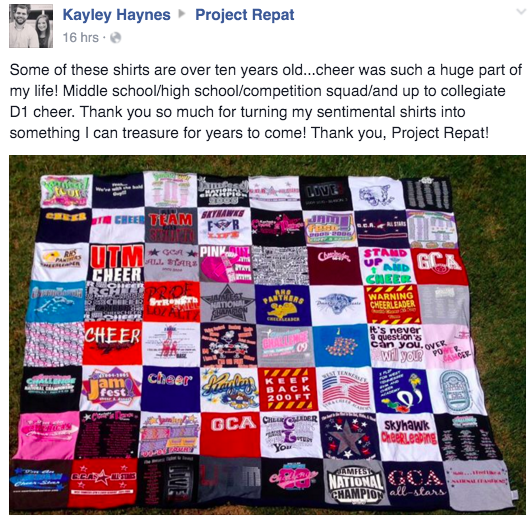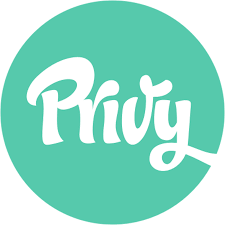Project Repat: $10MM Business Making Quilts From Old T-Shirts
Hello! Who are you and what are you working on?
My name is Ross Lohr, and I’m a co-founder of Project Repat. We make it easy and affordable for customers to turn their memorable t-shirts into a one of a kind, custom t-shirt quilt backed with cozy fleece.
People buy quilts from Project Repat because we have the most affordable price, which is due to us fine tuning the production process by making more than 250,000 t-shirt quilts over the past 6 years. While traditional quilts can be very expensive, we’ve found a way to make them at a much more affordable price.
We currently make 2,000 custom t-shirt quilts per week at 2 production facilities in the United States. In 2018, we will make 90,000 t-shirt quilts and do $10MM in sales per year.

What's your backstory and how did you come up with the idea?
The Project Repat story starts in Nairobi, Kenya, where I was...

Download the report and join our email newsletter packed with business ideas and money-making opportunities, backed by real-life case studies.

Download the report and join our email newsletter packed with business ideas and money-making opportunities, backed by real-life case studies.

Download the report and join our email newsletter packed with business ideas and money-making opportunities, backed by real-life case studies.

Download the report and join our email newsletter packed with business ideas and money-making opportunities, backed by real-life case studies.

Download the report and join our email newsletter packed with business ideas and money-making opportunities, backed by real-life case studies.

Download the report and join our email newsletter packed with business ideas and money-making opportunities, backed by real-life case studies.

Download the report and join our email newsletter packed with business ideas and money-making opportunities, backed by real-life case studies.

Download the report and join our email newsletter packed with business ideas and money-making opportunities, backed by real-life case studies.

















